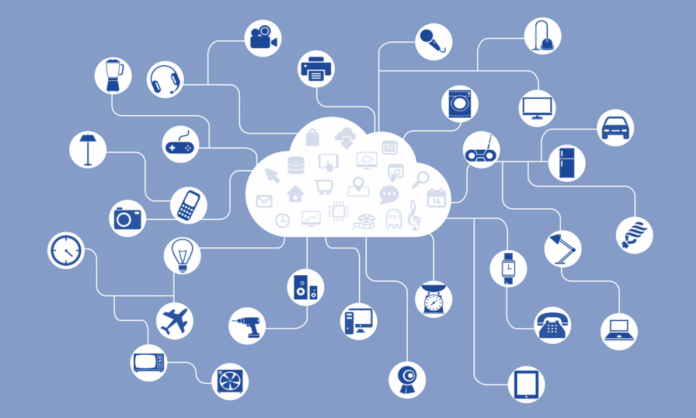Implementation of the Internet of Things has changed not only the digital world but also the way we live. It has taken us access to a vast amount of information and opportunities which can be managed and handled successfully. At present we are witnessing the Internet of Things reshaping into the Internet of Everything(s). Most gadgets are moving to the cloud, Mobile phones, tablets, cars, even TV and refrigerators. Recent surveys forecast that 50 billion devices will be connected to the internet in another 5 years, and we need to be prepared to cope with this rapid expansion. At this point, the major challenges we face is storage and processing issues.
And thus, Fog Computing is becoming a new concept as being the one that extends its capabilities allowing storing and processes directly on the devices by minimizing the amount of data rather than cloud computing where data is transferred to the cloud. Through this method, Cloud Computing can focus on heavier tasks while Fog Computing takes care of short-term or localized analytics. Fog Computing is a solution to today’s architectural challenges with bandwidth which enables real-time analytics and even improved security. In cloud architecture, a large amount of connected devices to the internet makes it slower, and therefore harder to use. Benefits of Fog Computing includes Cost-Effective Expedience, Security and Governance
The process of fog computing includes analyzing the most time-sensitive data at the network edge instead of sending large amounts of IoT data to the cloud. Fog networks can handle IoT data in milliseconds and then sends it to the cloud for analysis and longer-term storage. Fog computing is expected to take a boom along with the implementation of 5G technology as it requires very dense antenna deployments. Other applications include connected cars, smart cities, and smart grids.
The term fog computing was derived from the meteorological term for a cloud close to the ground like how fog is concentrated on the edge of the network. People often confuse cloud computing with edge computing as both involve bringing intelligence and processing closer to where the data is created. It is done for security and often to improve efficiency.

